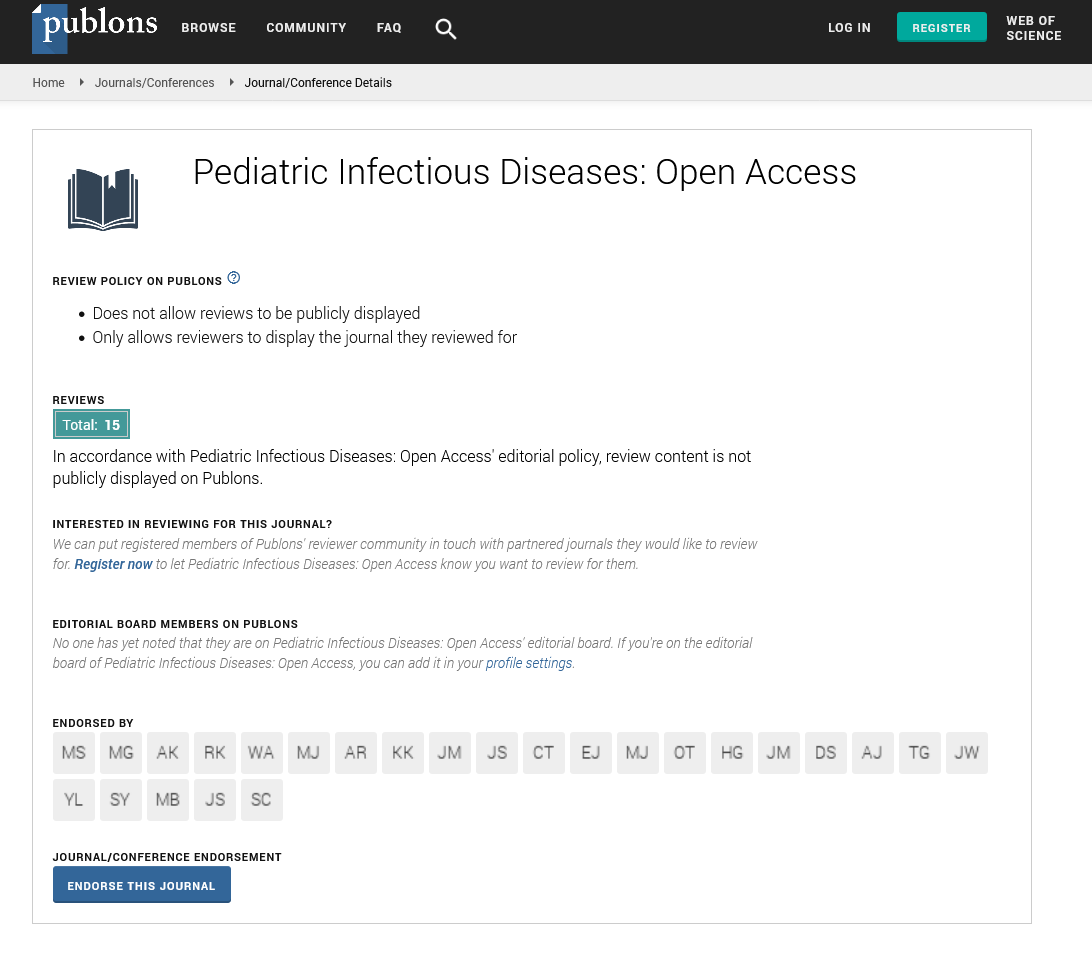Abstract
Stunting and associated factors among children aged 6-59 months in Lasta Woreda, North East Ethiopia : A community based cross sectional study design
Background: Stunting refers to low height-for-age as a result of chronic malnutrition. Globally, 165 million under five year children were stunted annually, which was associated with 10.6 million deaths. Although stunting is increasingly being recognized as a widespread problem, precise data on the magnitude and associated factors of stunting was not available at the study area which was highly influenced by the local geo-cultural factor, custom and context. Aim: The aim of this study was to assess prevalence and factors associated stunting among children aged 6- 59 months in Lasta Woreda, North East Ethiopia. Methods: A community based cross sectional study was conducted from March-April, 2015. A multistage sampling strategy with simple random sampling approach was used with total sample size units of 825. Data were collected using validated questionnaire through interviewing parents or caregivers and anthropometric measurement. EPI INFO version 7 software was used for data entry. For Analysis SPSS version 20 statistical software was used. Principal component analysis was applied to compute wealth index. Z-Score of the children were calculated using SMART software (ENA2011). To identify the association and significant predictors, binary logistic regression was employed. Results: A total of 759 study participants were included in the study giving response rate of 92%. The overall prevalence stunting was 49.7% (95% CI: 46.1-53.3). Among this 57.7% (95% CI: 50.9-60.4) were male and 42.3% (95% CI: 36.8-47.6) were female. The proportion of moderate and sever stunting among study population was 31.7% and 18.0% respectively. Being male AOR=1.90; (95% CI; 1.29-2.82), increasing age (AOR=8.38; (95% CI: 3.78- 15.6)), large family size (AOR=1.78; (95% CI: 1.19-2.65)), poor wealth status (AOR=2.64; (95% CI; 1.58-4.41)), illiterate mother (AOR=4.02; (95% CI: 2.3-7.04)), leftover food (AOR=1.94; (95% CI: 1.30-2.90)), living in rural area (AOR=2.08; (95% CI: 1.10-4.19)) and less frequency of feeding (AOR=2.13; (95% CI: 1.18-3.82)) were significantly associated with stunting. Conclusion: This study shows that the prevalence of stunting among children aged 6-59 months in Lasta Woreda is higher as compared to the national figures (MEDHS, 2014). Being male, increasing age, large family size, giving leftover food, poor wealth status, and illiterate parents were factors associated with stunting. Urgent, therapeutic and targeted supplementary feeding programs need to be considered for chronically malnourished children in Lasta Woreda to reduce stunting. Factors associated to stunting as identified with this study need to be considered for the intervention plan.
https://marmaris.tours
https://getmarmaristour.com
https://dailytourmarmaris.com
https://marmaristourguide.com
https://marmaris.live
https://marmaris.world
https://marmaris.yachts
Author(s): Azeb Atenafu
Abstract | Full-Text | PDF
Share this

Google scholar citation report
Citations : 230
Pediatric Infectious Diseases: Open Access received 230 citations as per google scholar report
Pediatric Infectious Diseases: Open Access peer review process verified at publons
Abstracted/Indexed in
- Google Scholar
- China National Knowledge Infrastructure (CNKI)
- Cosmos IF
- Secret Search Engine Labs
Open Access Journals
- Aquaculture & Veterinary Science
- Chemistry & Chemical Sciences
- Clinical Sciences
- Engineering
- General Science
- Genetics & Molecular Biology
- Health Care & Nursing
- Immunology & Microbiology
- Materials Science
- Mathematics & Physics
- Medical Sciences
- Neurology & Psychiatry
- Oncology & Cancer Science
- Pharmaceutical Sciences


